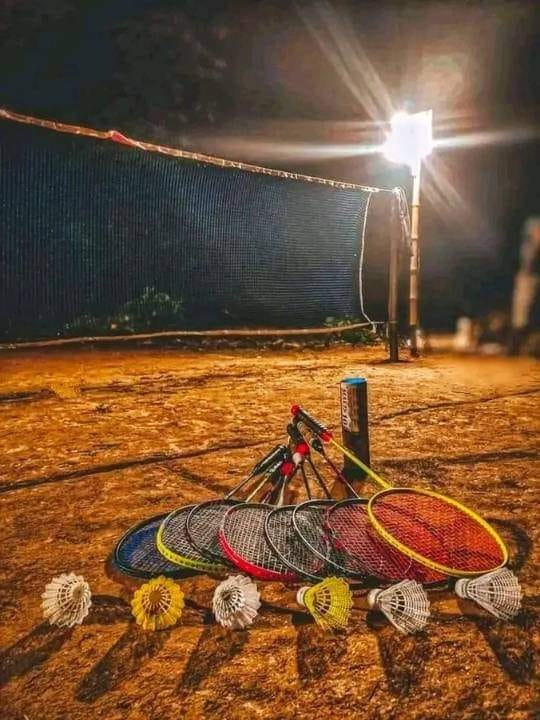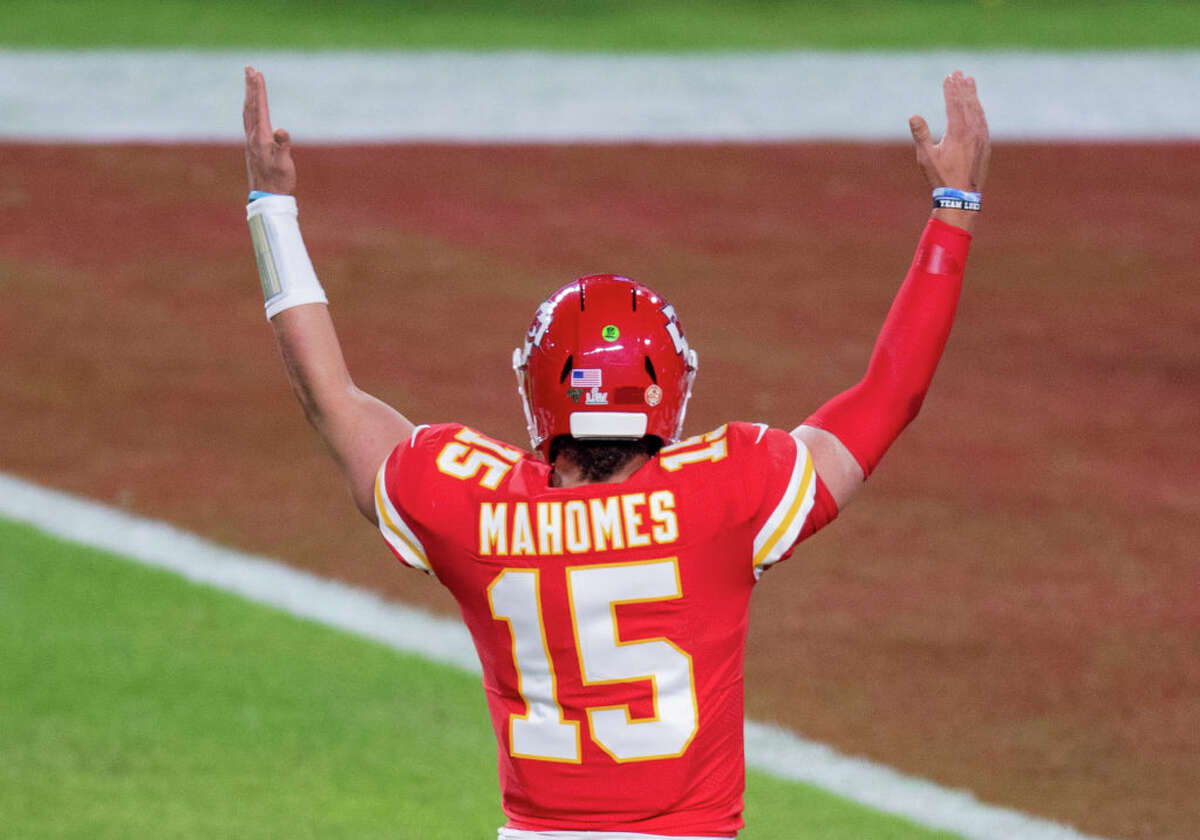10 Rules of Badminton: A Complete Guide for Beginners
Badminton is a fast-paced and exciting sport that can be played by people of all ages and skill levels. Whether you’re a beginner or a seasoned pro, it’s important to understand the rules of the game in order to play it effectively and enjoyably. In this article, we will cover the 10 rules of badminton that every player should know.
Badminton is a racket sport played with a shuttlecock and is one of the fastest sports in the world. It can be played as singles or doubles and requires a high degree of agility, speed, and accuracy. The objective of the game is to hit the shuttlecock over the net and into the opponent’s side of the court without them being able to return it.

Court and Equipment
Badminton is a sport that is played on a rectangular court, with a net stretched across the middle. Here are the details of the court and equipment used in badminton:
Court Dimension:
- The badminton court is 13.4 meters (44 feet) long and 6.1 meters (20 feet) wide for doubles play, or 5.18 meters (17 feet) wide for singles play.
- The court is divided into two halves by a net, which is 1.55 meters (5 feet, 1 inch) high at the center and 1.524 meters (5 feet) high at the poles.
- The court is marked with lines that indicate the boundary of the court and the service areas.
Equipment
Players use lightweight rackets made of graphite, carbon fiber, or aluminum to hit the shuttlecock, which is made of feathers or synthetic materials. Players wear non-marking shoes to prevent damage to the court.
Scoring
Rally Scoring
In badminton, rally scoring is used, which means that a point is scored on every rally. A game is played to 21 points, and the winner must have a two-point advantage. If the score reaches 29-all, the player or team that scores the 30th point wins.
Service Faults
If a player commits a service fault, the opponent is awarded a point. Service faults include touching the shuttlecock with the racket before it is served, failing to serve the shuttlecock over the net and into the opponent’s side of the court, and serving from the wrong side of the court.
Let Service
If the shuttlecock hits the net during a serve and lands on the opponent’s side, it is called a letting service, and the serve is replayed.
Serving
Service Order
At the beginning of the game, the server serves from the right side of the court. If they win the rally, they continue to serve from the right side. If they lose the rally, they serve from the left side of the court. In doubles play, the server serves to the opponent on the diagonal court.
Service Rules
The server must serve the shuttlecock diagonally over the net and into the opponent’s side of the court. The server must keep both feet on the ground and serve within the confines of the service court. If the server commits a fault, the opponent is awarded a point.
Service Returns
Service Return Rules
After the service, the opponent must hit the shuttlecock back over the net and into the server’s court without it touching the ground or going out of bounds. If the opponent fails to do so, the server is awarded a point. The player who served in the previous rally will be the receiver for the next rally.
In-Play
Faults During Play
During play, a player commits a fault if the shuttlecock lands out of bounds, fails to clear the net, touches the ceiling, or touches the player’s body or clothing. If a player commits a fault, their opponent is awarded a point.
Change of Ends
After the first game, players switch sides of the court. If a third game is needed, players switch sides again when one player or team reaches 11 points.
Shuttle Out of Play
If the shuttlecock lands outside the court or hits the ceiling, it is out of play. The point is awarded to the opponent of the player who hit the shuttlecock out of play.
Doubles Play
Serving Order
In doubles play, the serving order is determined by the receiving team’s position on the court. The player on the right-hand side of the court serves first. If the serving team wins the rally, the server serves again from the other side of the court. If the receiving team wins the rally, the receiving team becomes the serving team.
Court Coverage
In doubles play, players must cover their respective sides of the court. If the shuttlecock passes over the net on one side of the court and is hit back by the opponent on the other side, the player who hit the return shot must continue playing on the opponent’s side of the court until the shuttlecock is returned to its own side.
Umpire and Referees
Roles and Responsibilities
An umpire is responsible for making calls during the game, including service faults, faults during play, and shuttlecocks that are out of bounds or hit the ceiling. A referee oversees the entire game and ensures that it is conducted according to the rules.
Hand Signals
The umpire and referee use hand signals to communicate calls to the players. For example, the umpire will make a fist to signal a fault or raise a hand to signal a letting service.
Code of Conduct
Unsportsmanlike Conduct
Players are expected to conduct themselves in a respectful and sportsmanlike manner during the game. Unsportsmanlike conduct, such as shouting, throwing the racket, or intentionally distracting the opponent, can result in a penalty point or disqualification
Delay of Game
Players are expected to start the game promptly after the warm-up period and to take breaks only when necessary. A delay of the game can result in a warning, a penalty point, or disqualification
Injury
If a player is injured during the game, they are allowed a three-minute medical timeout to receive treatment. If the injury is severe enough to prevent the player from continuing, the game is forfeited.
Conclusion
In conclusion, badminton is a thrilling sport that requires a high degree of skill and athleticism. By understanding the rules of the game, players can enjoy a fun and challenging experience. Whether playing singles or doubles, it is important to maintain a respectful and sportsmanlike attitude throughout the game.
FAQs
Can a player touch the net during play?
There are a few exceptions to this rule. If a player accidentally touches the net or its supports with their body or racket, and it does not affect the play, the rally continues. Additionally, if the shuttlecock hits the net and goes over to the opponent’s side, a player is allowed to reach over the net and play the shuttlecock, as long as they do not touch the net or its supports in the process.
What happens if the shuttlecock gets stuck in the net?
If the shuttlecock gets stuck in the net during a badminton game, the rally is considered over, and a point is awarded to the opposing team. This is because the shuttlecock is supposed to pass over the net and land in the opponent’s court for a rally to continue.
How long is a game of badminton?
In badminton, the length of a game depends on the type of match being played singles matches, the first player to win two games, with each game played to 21 points, wins the match. In doubles matches, the first pair to win two games, with each game played to 21 points, wins the match.
If the score is tied at 20-20 in either singles or doubles, the game continues until one player or pair achieves a two-point lead. If the score reaches 29-29, the player or pair that scores the 30th point wins the game. A typical game of badminton can last anywhere from 30 minutes to an hour, depending on the skill level of the players and the length of the rallies.
Can a player hit the shuttlecock with their feet or hand?
In the sport of badminton, a player is not allowed to hit the shuttlecock with their feet or hand. The only body part that is allowed to touch the shuttlecock is the racket that the player is holding in their hand.
If a player hits the shuttlecock with their feet or hand, it is considered a fault, and the point is awarded to the opposing team. The exception to this rule is if the shuttlecock accidentally touches a player’s body, such as their hand or foot, during the course of play, and it was not a deliberate attempt to hit the shuttlecock with this body part. In this case, the play continues as normal.
How high should the net be?
In badminton, the top of the net should be 1.55 meters (5 feet, 1 inch) above the ground at the center of the court. The net should be stretched taut across the court and should be 6.1 meters (20 feet) in width for doubles play and 5.18 meters (17 feet) in width for singles play.
It’s important to note that the height of the badminton net is standardized and regulated by the Badminton World Federation (BWF) to ensure fairness and consistency in the sport. Players should ensure that the net is set up at the correct height before starting play.



